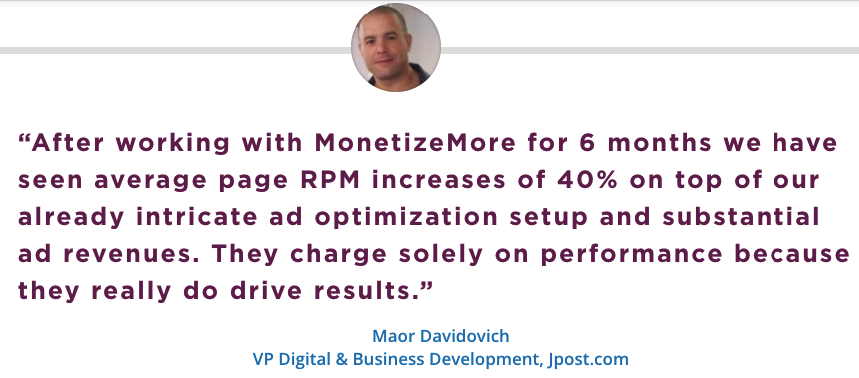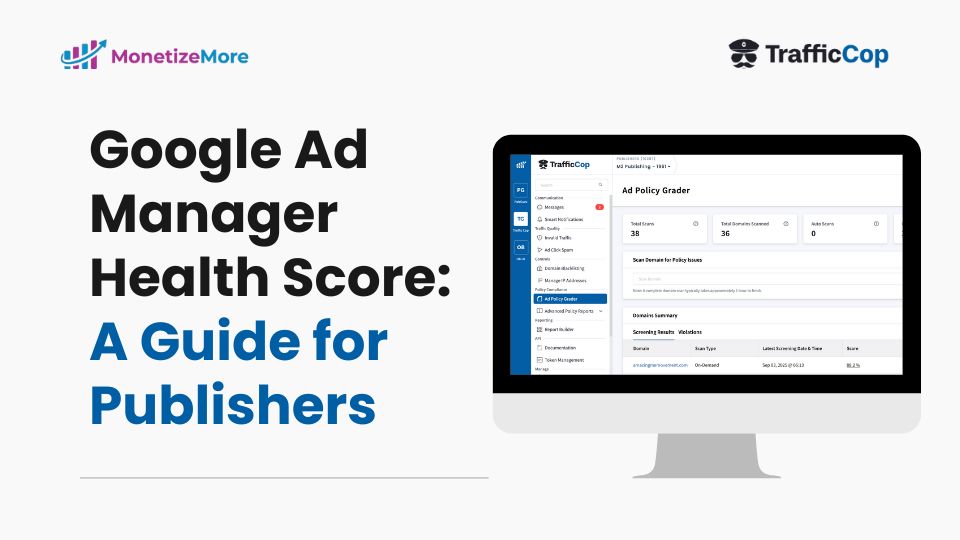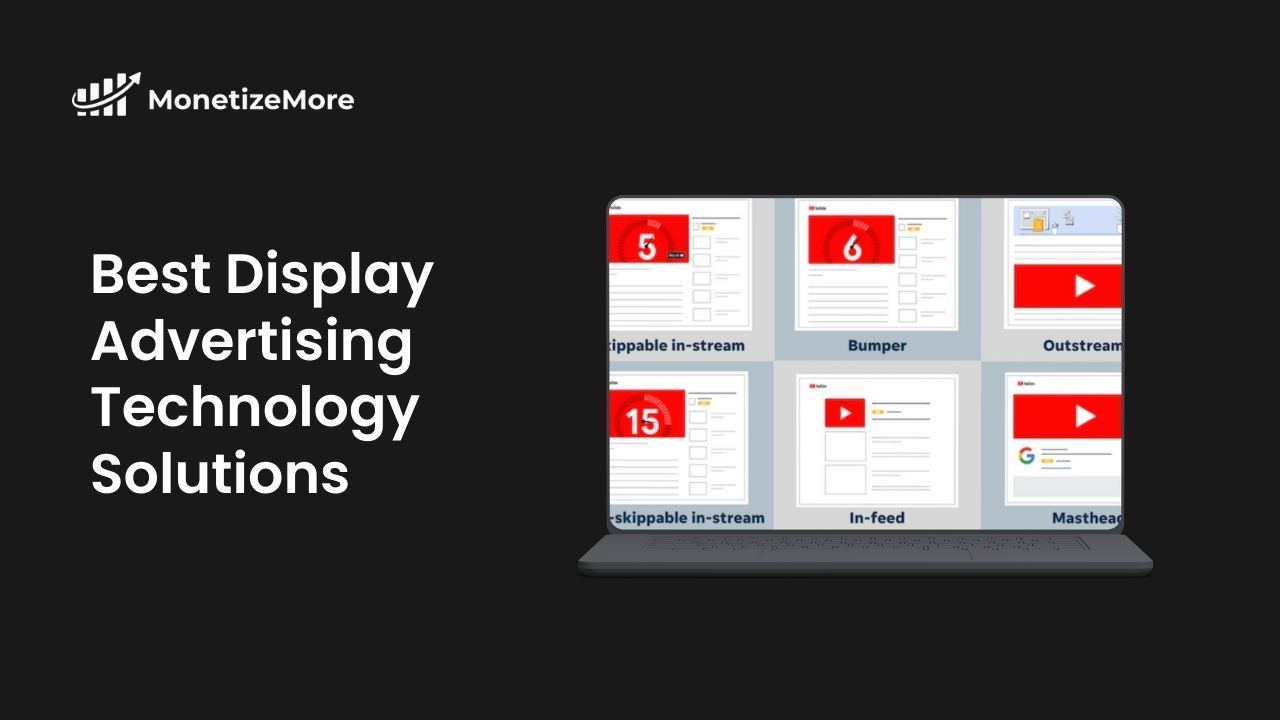The proven all-in-one platform to maximize ad revenue
Protect your ad revenue against invalid traffic and ad fraud

Let’s face it, intrusive ads drove users to install ad blockers. To win them back, understanding ad blocker monetization means respecting their choices. Adblock monetization is no longer a “nice-to-have” for publishers – it’s a survival tactic in the age of intrusive ads. With billions of dollars in adblock revenue recovery at stake, publishers can’t afford to ignore this trend.
Learn how to create valuable ad experiences that users may actually want to see, resulting in adblock revenue recovery and a better experience for everyone.
Ad blockers represent a direct disruption to the traditional revenue models that have supported online publishers for years. This disruption generates a sense of urgency, pushing publishers to adapt and seek out innovative ways to sustain their operations in the face of this technological shift.
To develop effective monetization strategies in an ad-blocking world, you need to grasp why users choose to install these tools. At the heart of it lies a fundamental dissatisfaction with intrusive, irrelevant, and disruptive advertising that degrades the online experience.
Here are 5 primary reasons behind the widespread use of ad blockers:
The path forward lies in a fundamental shift in the relationship between publishers and their audience. Rather than prioritizing solely the volume of ads, publishers should focus on delivering advertisements that are thoughtfully integrated, respect user attention, and ideally, provide a degree of value to the user themselves.
Here’s a breakdown of the impact of ad blockers on publishers, with specific statistics and figures:
The magnitude of Loss: The most recent estimates suggest ad blockers cost publishers billions of dollars in revenue annually.
The financial impact of ad blockers is a growing concern for publishers. Losses have been steadily increasing year over year. For instance, between 2016 and 2020, Statistica reported an increase in estimated ad revenue loss from $3.89 billion to $12.12 billion in the US alone.
Beyond Direct Revenue Loss: Ad blocking has several indirect consequences for publishers, including:
-Reduced Advertiser Reach: Ad blockers shrink the potential audience for advertisers, hurting publishers who rely on ad-based models.
-Loss of Data & Insights: Ad blocking can interfere with audience measurement and analytics tools, making it harder for publishers to understand their users and optimize content.
Build a relationship with your readers by transparently explaining the value exchange of advertising in supporting quality content.
Offer a clear choice: Support the site by whitelisting, subscribing, or accessing limited content. Employ polite and non-intrusive messaging for requesting users to turn off ad blockers.
Paywalls create a direct source of revenue from users willing to pay for content. This reduces reliance on advertising, making publishers less vulnerable to the impact of ad blockers. A core benefit of paywalls is offering subscribers an ad-free browsing experience. This appeals to ad blocker users who are primarily motivated by a desire for uninterrupted content consumption.
Paywalls imply that the content behind them is of premium quality and worth paying for. This can increase perceived value and create a sense of exclusivity. For a paywall to be effective, your content needs to be consistently high-quality, unique, and provide value that can’t be easily found elsewhere for free.
Ethical considerations are crucial when discussing ad blocker monetization strategies. Publishers must balance their right to generate revenue with respecting user choice and maintaining a positive online experience. Ignoring ethical concerns risks alienating audiences and damaging reputation long-term. Key areas to consider include:
The ethical approach to ad blocker monetization is a long-term strategy. It involves building trust with your audience and fostering a respectful relationship where the value exchange between content and advertising (or other revenue methods) is clearly understood.

This is why our clients love us
MonetizeMore understands the challenges publishers face. Here’s what sets us apart:
MonetizeMore increases your ad revenues with the same number of ads on your site to achieve the best experience for users. Find out how we optimize your ad inventory while keeping user experience a priority. Sign up to become our Premium Publisher.
Related reads

With over ten years at the forefront of programmatic advertising, Aleesha Jacob is a renowned Ad-Tech expert, blending innovative strategies with cutting-edge technology. Her insights have reshaped programmatic advertising, leading to groundbreaking campaigns and 10X ROI increases for publishers and global brands. She believes in setting new standards in dynamic ad targeting and optimization.



10X your ad revenue with our award-winning solutions.